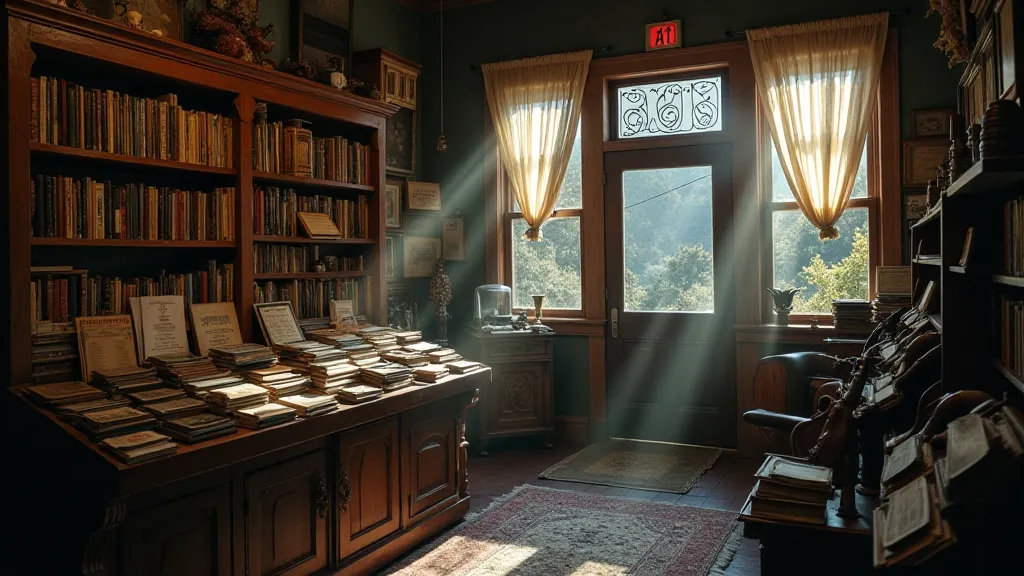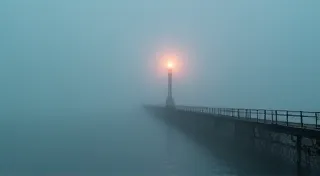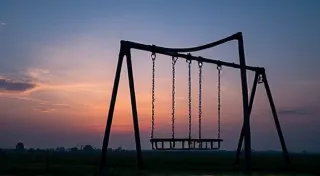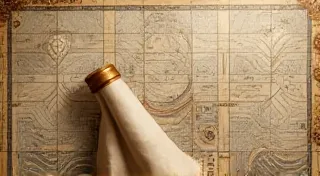Fragmented Reflections: Deconstructing Recurring Motifs in Film Scores
There's a particular melancholy that clings to forgotten film scores. Not the triumphant sadness of a score that didn't quite find its audience, but a more insidious, haunting feeling. It’s the echo of a creative vision, a soundtrack that whispers of a film largely lost to time, its music surviving as a poignant, often disorienting, testament to what might have been. And often, the key to unlocking that melancholy, to understanding the emotional weight of these forgotten gems, lies in the subtle, and often unsettling, use of fragmented and altered motifs.
The deliberate distortion of a musical theme, its reduction to mere echoes and whispers, isn’t a modern invention. We can find precursors in 19th-century Romantic composers, who manipulated familiar melodies to represent psychological turmoil or impending doom. But in film scores, particularly those from the mid-20th century onwards, this technique becomes a powerful tool for creating a sense of unease, disorientation, and a lingering sense of something being *wrong*.
Consider, for example, a score I stumbled upon years ago while rummaging through a dusty antique shop in rural France. The film itself, "Le Ciel Était Vert" (The Sky Was Green) from 1956, is a bizarre, almost surreal, comedy-drama. What initially drew me in was the accordion music – a warm, nostalgic sound, initially reassuring. But as the film progressed, the accordion’s melodies became warped, fragmented. Key notes would be dropped, the tempo would falter, the timbre would become strangely hollow, as if the instrument itself was experiencing the film's descent into a heightened, dreamlike state. I remember the shop owner, a man with eyes that seemed to hold centuries of stories, handing me a worn LP, explaining that the film was considered "too strange" for mainstream audiences. The music, he said, was “a reflection of the film's troubled soul.”
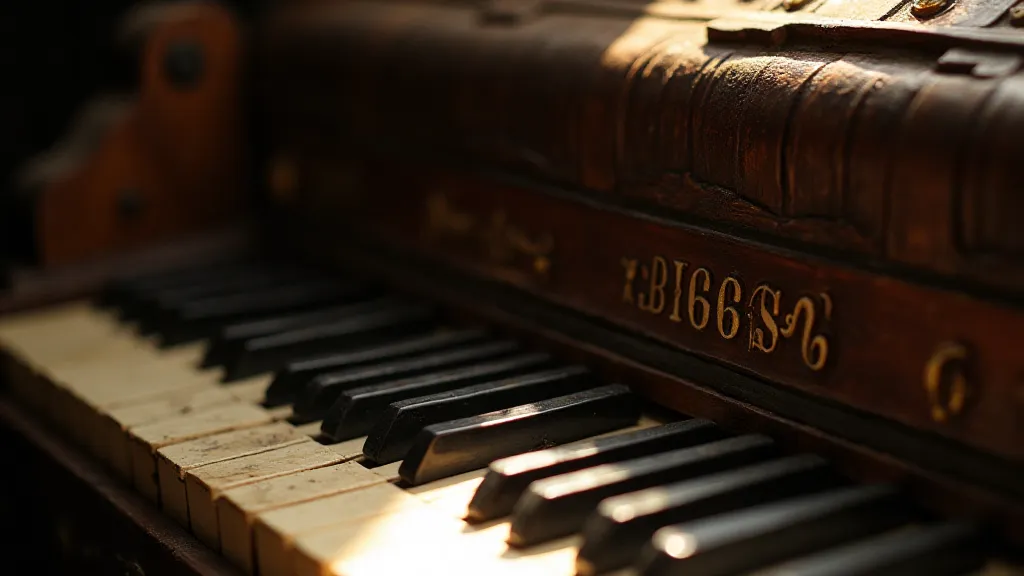
The Power of Reduction
The beauty, and the unease, often lies in the reduction. A full, lush theme, initially presented with confidence and clarity, might return later stripped bare – a single, mournful note played on a muted cello, a fractured chord sequence played on a distorted piano. This isn't simply about diminishing the volume; it’s about deconstructing the emotional architecture of the music itself. The listener is robbed of the expected resolution, left hanging in a state of anticipatory dread or melancholic reflection. This technique is especially effective when coupled with visual cues – a slow zoom on a character’s face, a jarring cut to a seemingly unrelated scene – to amplify the sense of disorientation.
Take, for instance, the score for "The Night of the Hunter" (1955) by Walter Schumann. The main theme, a hymn-like melody associated with the seemingly benevolent preacher, Harry Powell, is constantly manipulated. It's played slowly, deliberately, and then abruptly cut short. Fragments of it are used to underscore moments of intense psychological pressure, undermining the audience's ability to trust what they are seeing. The predictability of a familiar hymn is shattered, creating an atmosphere of pervasive paranoia.
Historical Context and Craftsmanship
The increasing sophistication of film scoring techniques in the mid-20th century directly influenced the use of fragmented motifs. As composers moved beyond simple accompaniment, they began to explore the potential of music to actively shape the audience’s emotional experience. The rise of psychological thrillers and neo-noir films provided fertile ground for experimenting with dissonance, atonality, and the deliberate fragmentation of musical ideas. Furthermore, the limited technology of the time—often relying on live orchestral recordings—meant that manipulation was often achieved through meticulous editing and arrangement, rather than through digital effects. This handcrafted quality adds another layer of depth and appreciation to these forgotten scores.
The craftsmanship involved in creating these scores is remarkable. Composers and orchestrators would spend countless hours dissecting and rearranging musical phrases, searching for the perfect way to evoke a specific emotional response. The choice of instruments – the timbre of a solo oboe, the resonance of a prepared piano – was carefully considered. And the process often involved a delicate collaboration between the composer, the director, and the film editor, with each contributing to the overall shaping of the musical landscape.
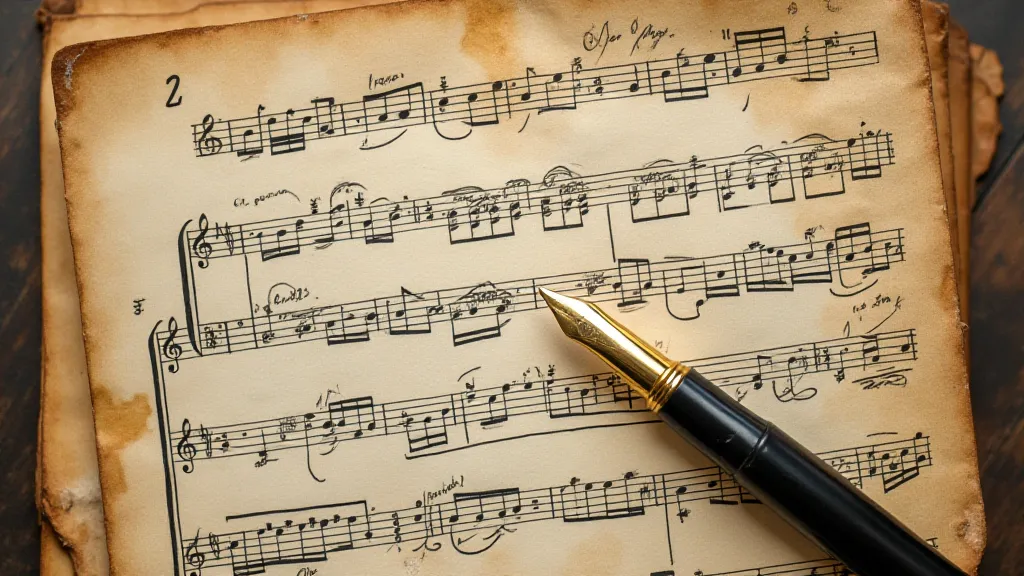
The Accordion's Lament
Returning to the accordion – a relatively underappreciated instrument in film scores – its inherent timbre lends itself perfectly to this technique of fragmentation. The instrument’s bellows, a complex mechanism of air and reeds, can create a unique blend of warmth and fragility. When manipulated – through subtle changes in pressure, through deliberate pauses – the accordion can evoke a profound sense of loss and longing. A skilled accordionist can coax a universe of emotion from its keys, turning a seemingly simple melody into a haunting lament.
Restoring antique accordions, like restoring forgotten film scores, is a labor of love. It's about preserving a piece of history, a testament to the ingenuity and artistry of the past. The process often involves replacing worn bellows, repairing cracked reeds, and meticulously cleaning and lubricating the internal mechanisms. It’s a painstaking process, but the reward is to breathe new life into an instrument that has silently witnessed decades of music and memories. The same could be said for seeking out and preserving these lost soundtracks – these fragments of sonic history that offer a unique window into a forgotten world.
Beyond the Surface
Ultimately, appreciating fragmented motifs in film scores requires a willingness to move beyond the surface, to listen with a more discerning ear. It’s about recognizing the power of absence, the unsettling effect of incomplete musical phrases, the emotional weight of a single, isolated note. It’s about understanding that the most powerful moments in film scoring often occur not when the music is at its most triumphant, but when it is at its most vulnerable, its most fragmented. And by seeking out these forgotten scores, we can uncover a treasure trove of artistry, a deeper understanding of the power of music to shape our emotional experience, and a profound appreciation for the craftsmanship and ingenuity of the past.
